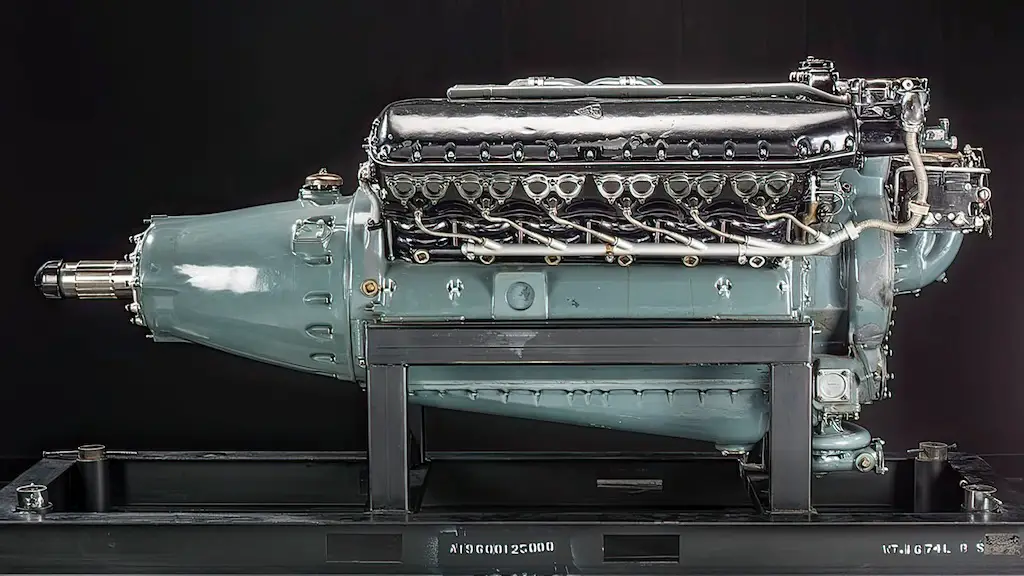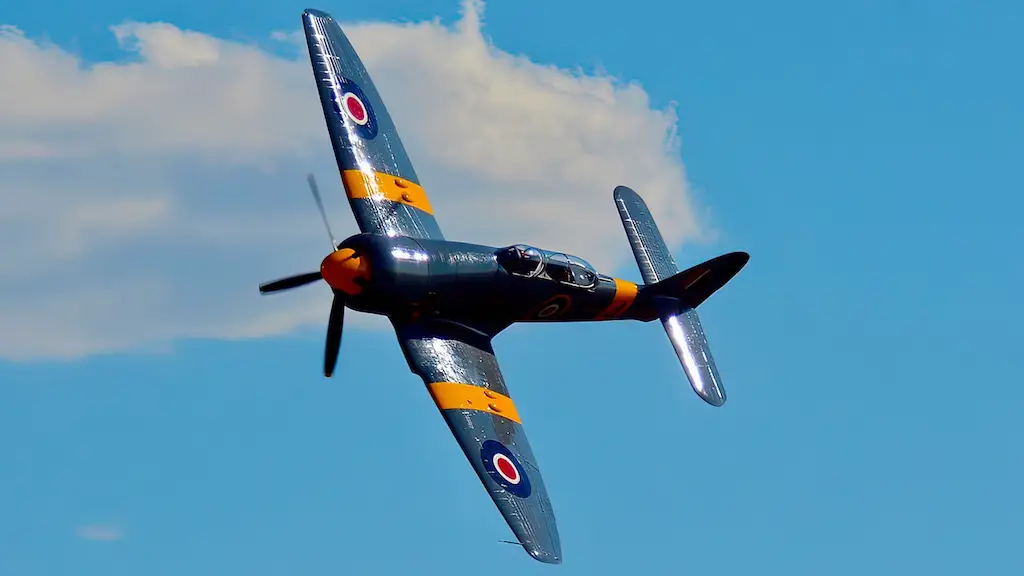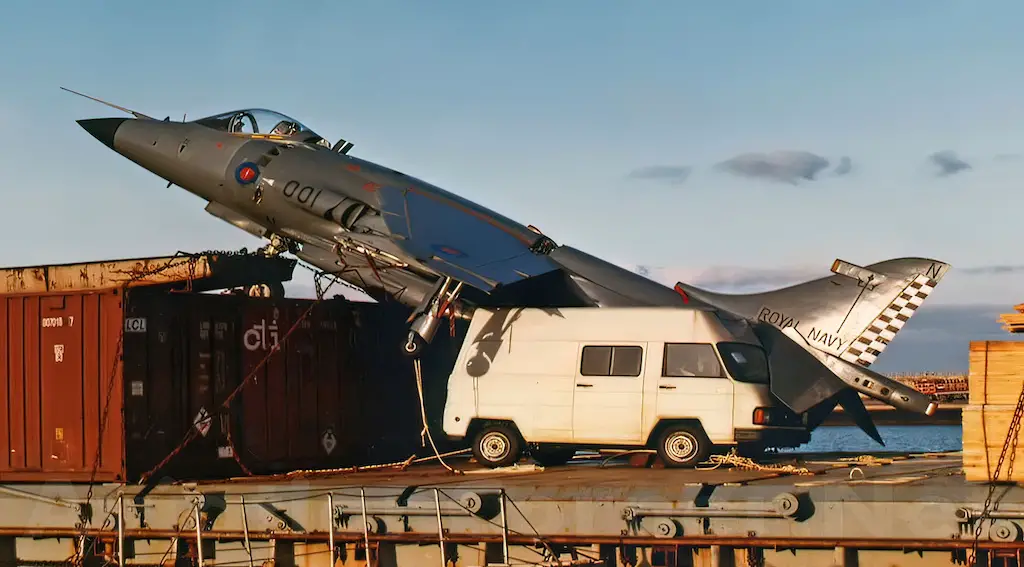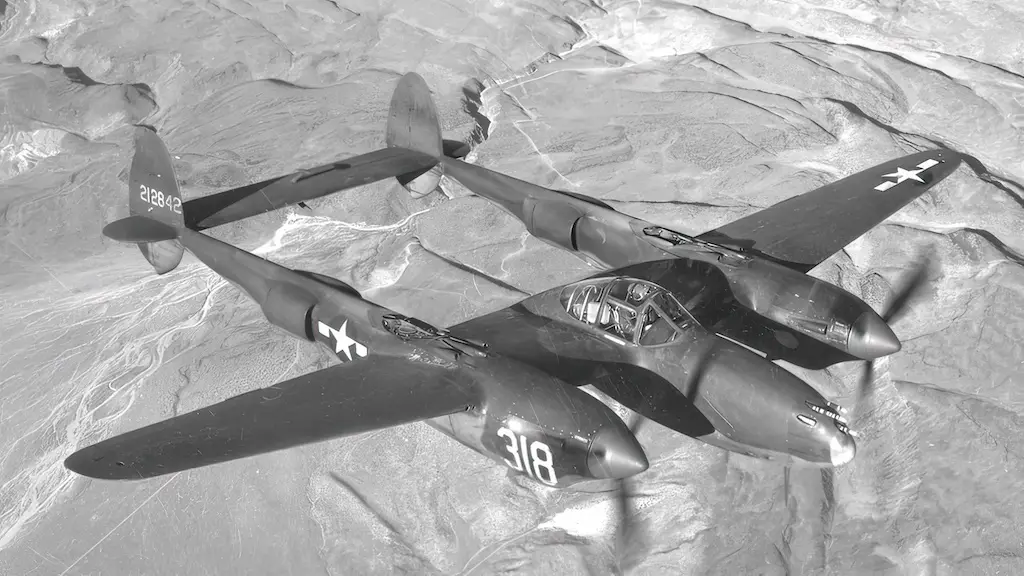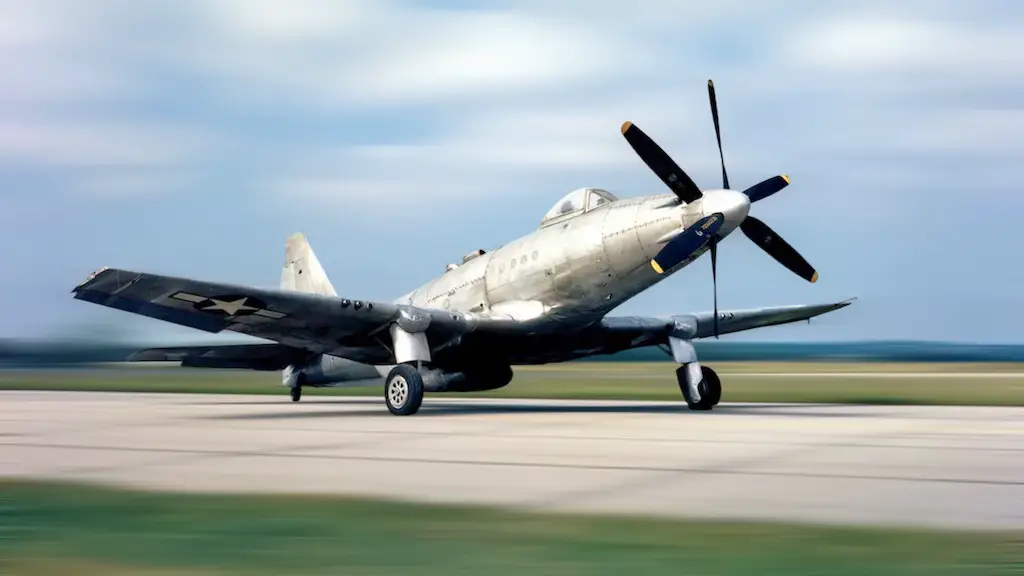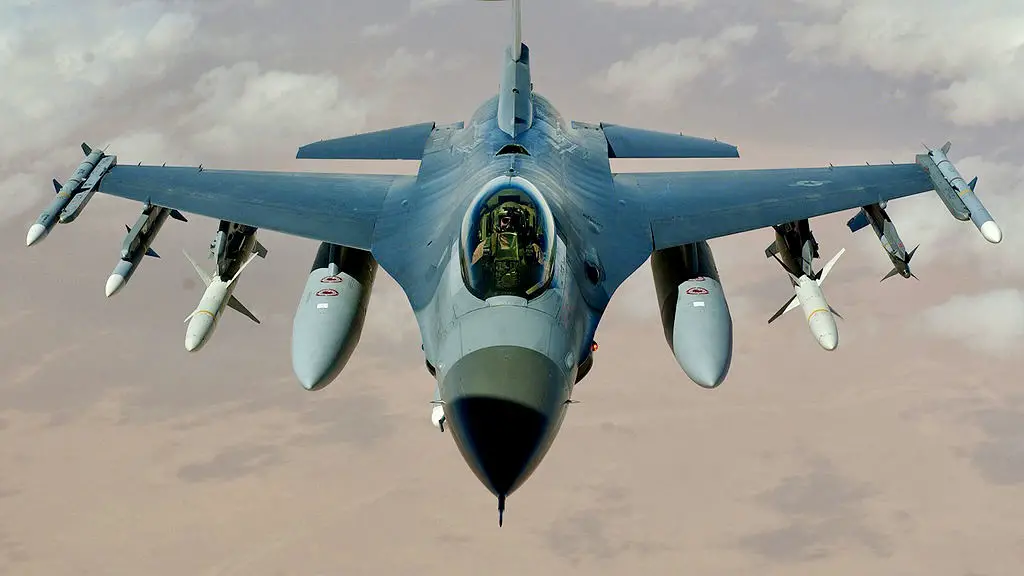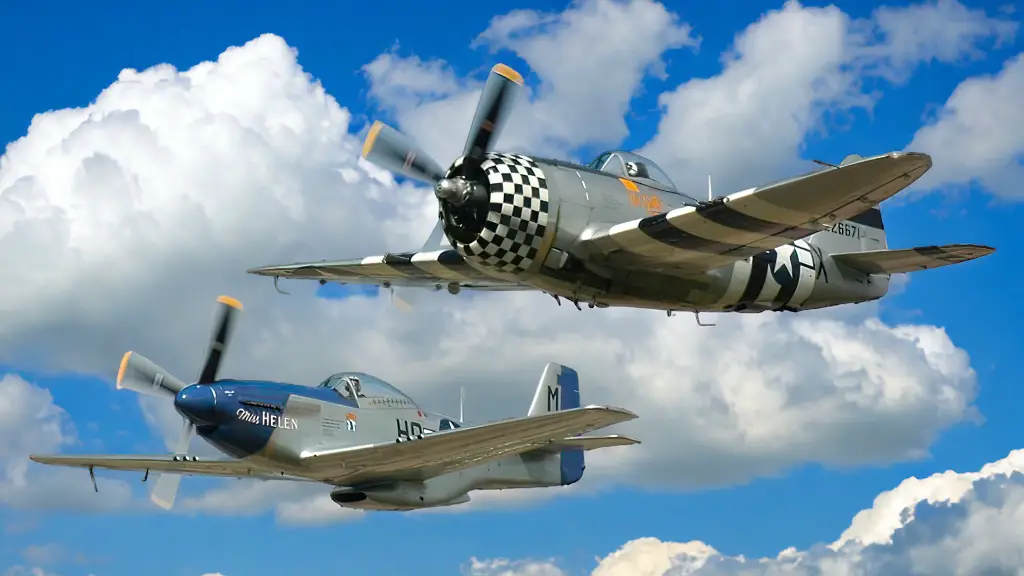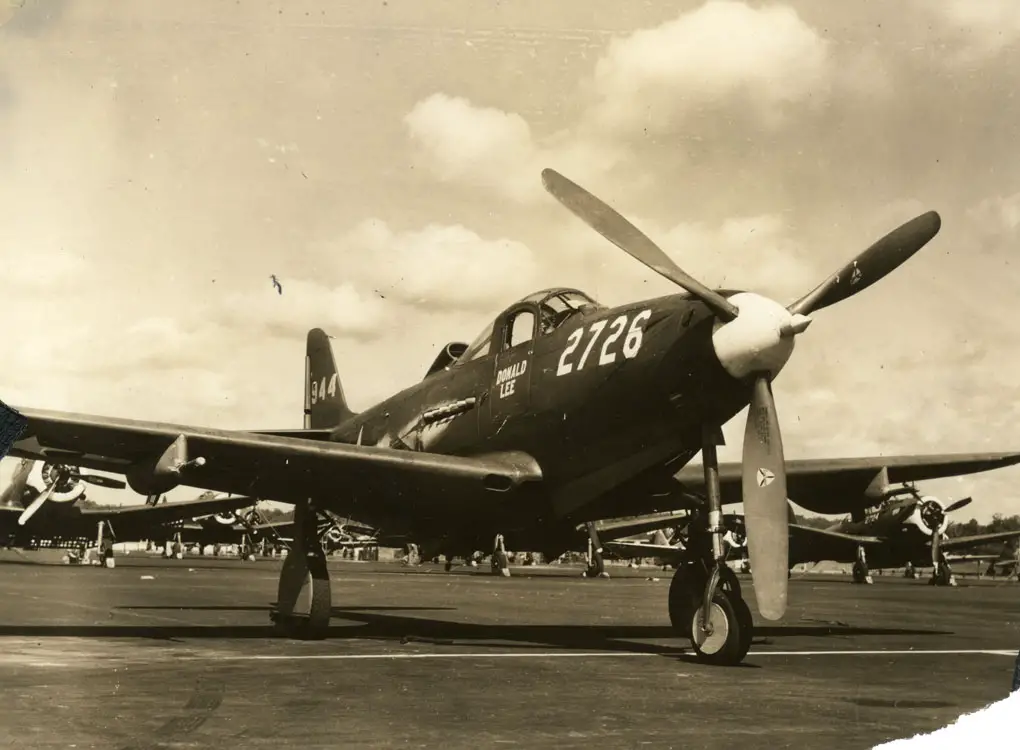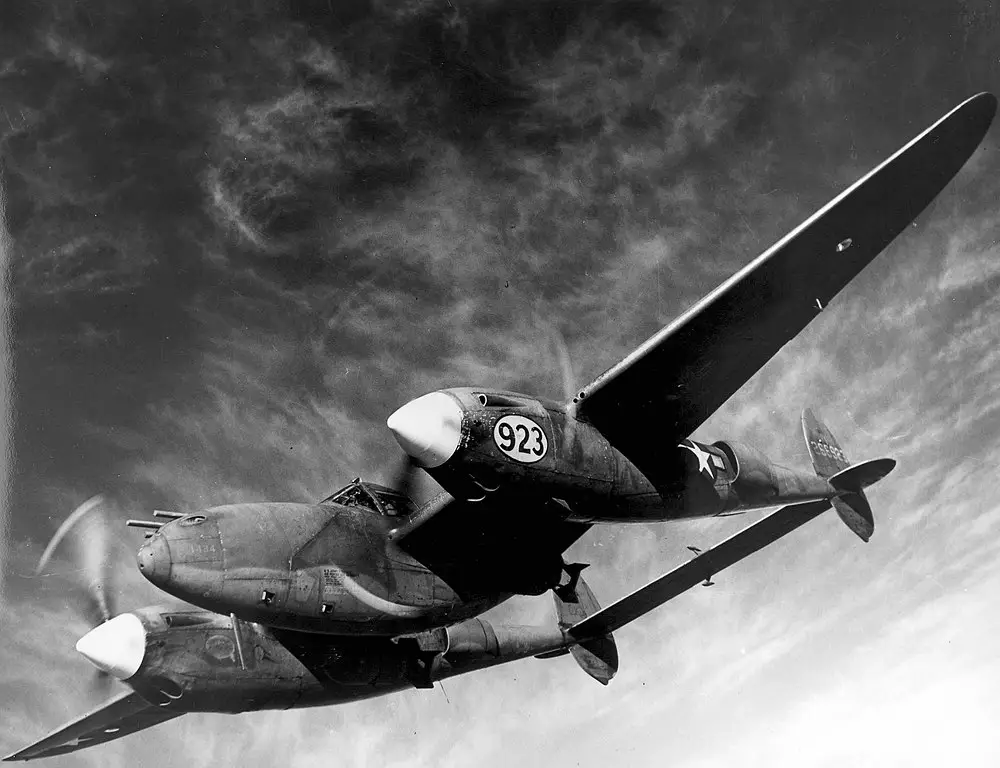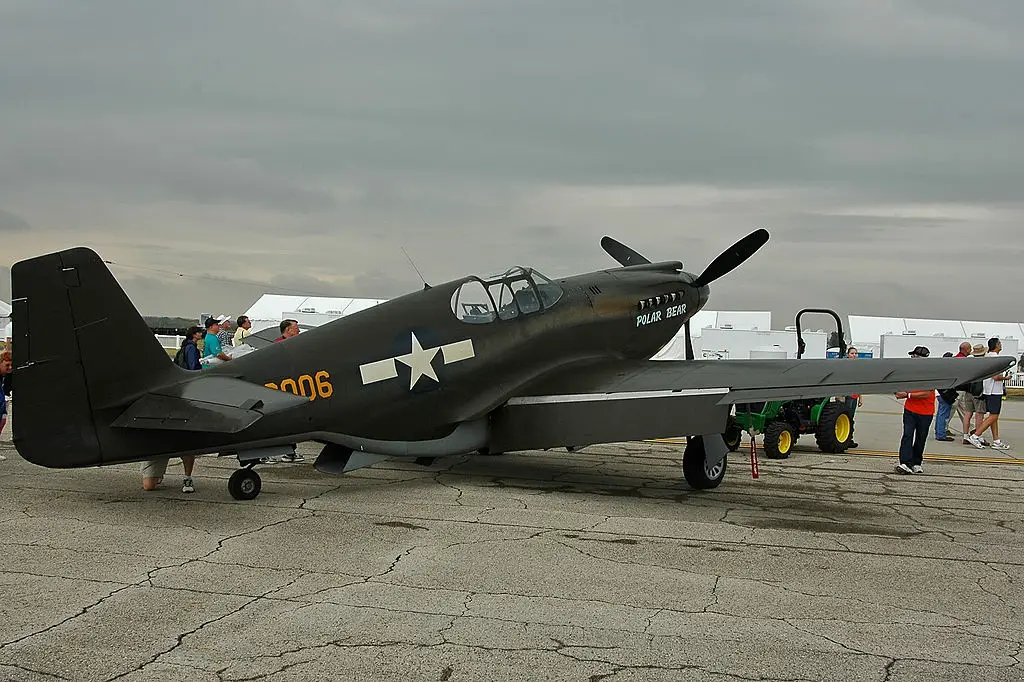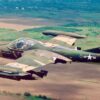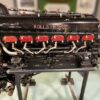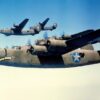The skies of World War II echoed with the roar of many iconic aircraft. From the sleek frame of the P-39 Airacobra to the imposing silhouette of the P-38 Lightning, these legendary fighters inspired awe and fear in equal measure. And behind many of these legends? The formidable Allison Vc1710 engine.
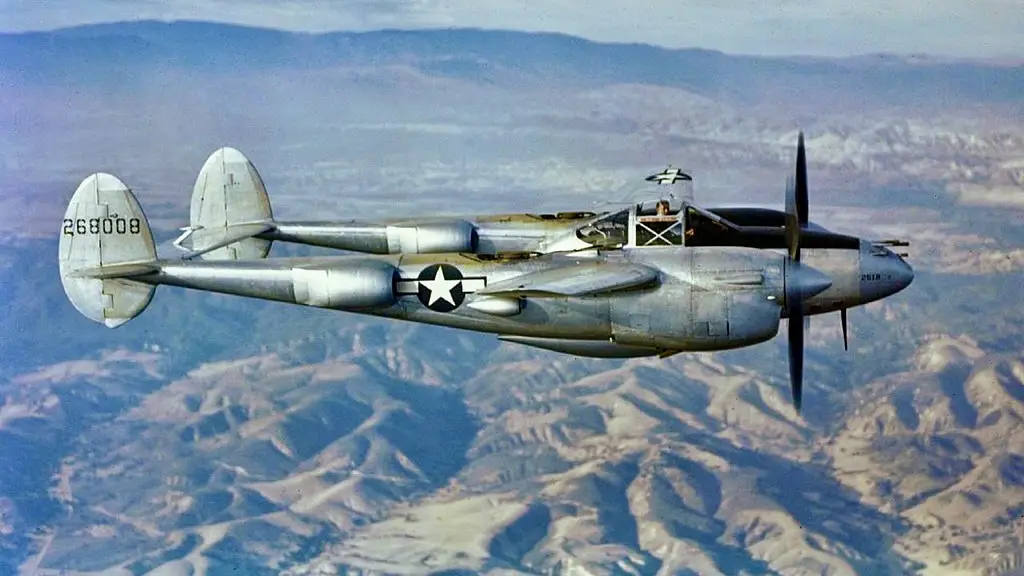
The Birth of a Powerhouse
In the 1930s, as aviation technology grew at an unprecedented pace, there was a clear need for more powerful, reliable engines. Enter the Allison Vc1710. Designed by the Allison Engine Company, a subsidiary of General Motors, this liquid-cooled V-12 engine was conceived to meet the demands of the modern fighter aircraft. This powerhouse was developed with both supercharging and turbocharging in mind, ensuring that pilots would have the thrust needed at various altitudes.
In its heyday, the Vc1710 was a testament to American engineering prowess. Its adaptability made it a prime choice for various aircraft designs, granting them superior speed and agility in the air.
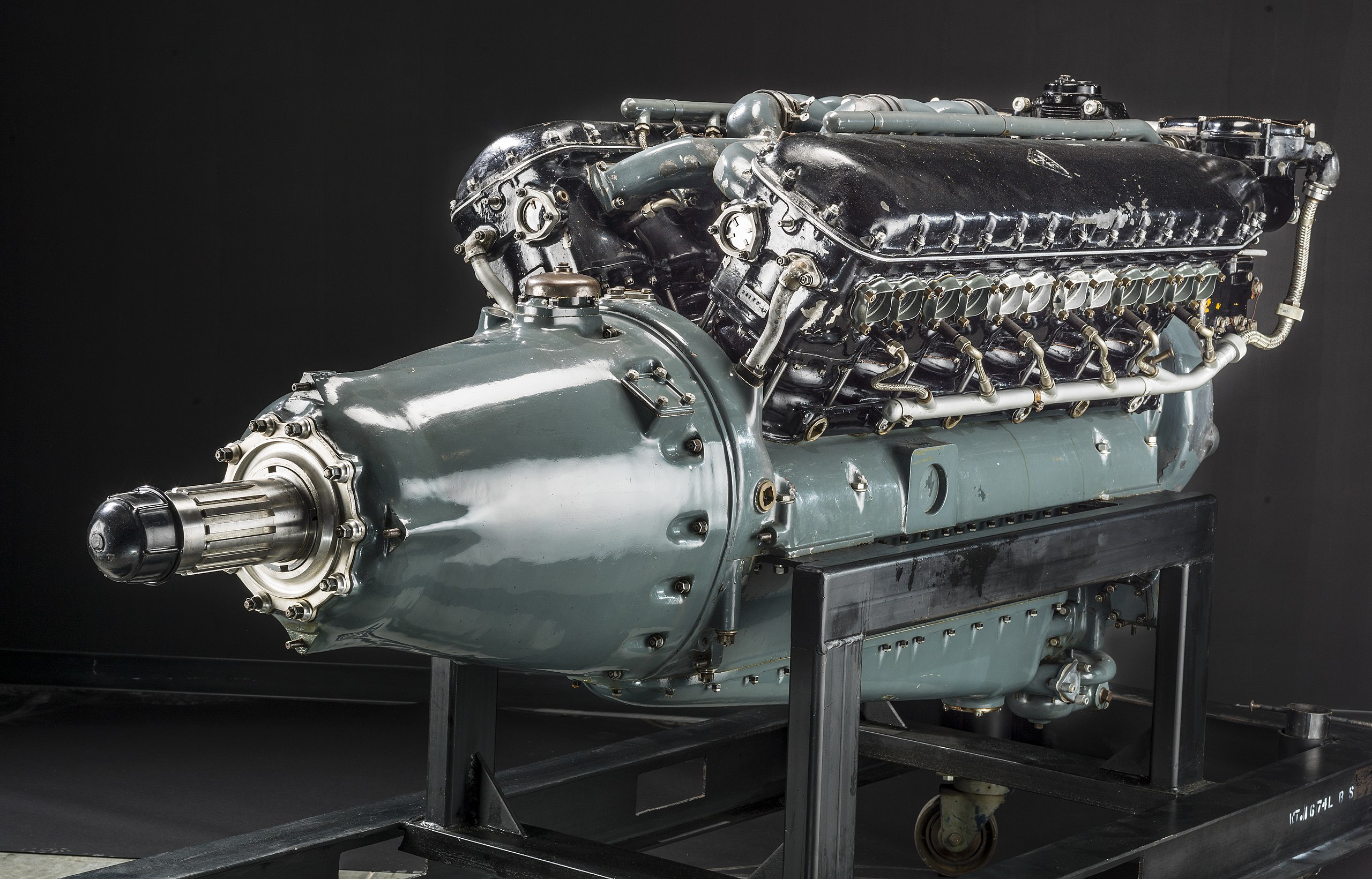
Flying High
One of the Vc1710’s primary strengths lay in its impressive altitude performance. With a twin-stage supercharger, this engine could push planes to fly high without a drop in power. This capability was a game-changer, especially in dogfights where altitude advantage often meant the difference between victory and defeat.
Moreover, the Vc1710’s robust design meant that it had a relatively long operational lifespan. Pilots could rely on it to deliver consistent performance, mission after mission, with fewer maintenance headaches than many contemporary engines.
Turbulence Ahead
However, no engine is without its flaws, and the Vc1710 had its share. While it was unmatched at high altitudes, its performance was less impressive at medium to low altitudes. This made it less versatile in some combat scenarios where varied altitude performance was key.
Furthermore, the Vc1710 had a more complex supercharging system than some of its competitors. This often made field repairs a tricky business, requiring specialized knowledge and tools not always available in the heat of battle.
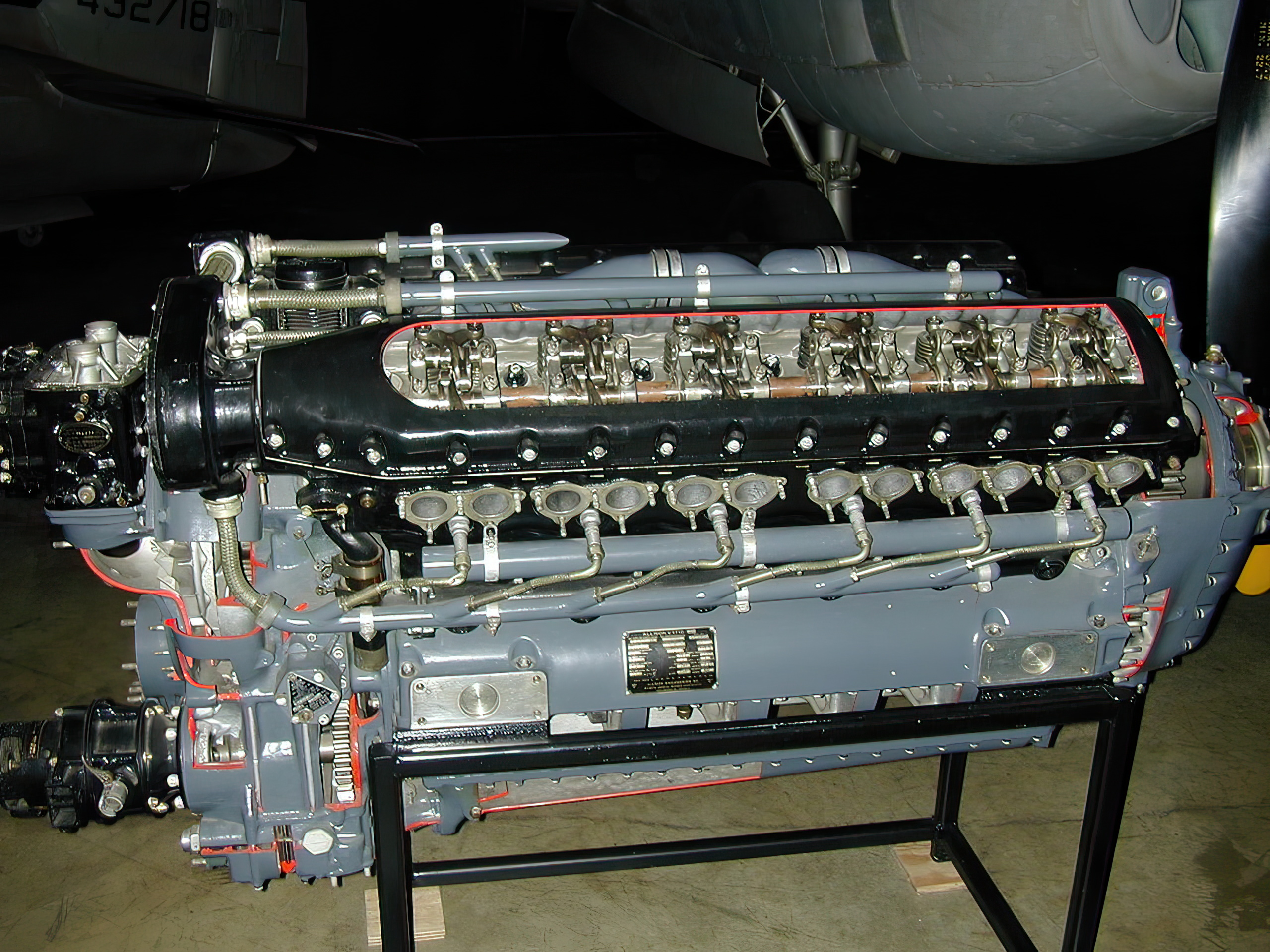
The Shift to the British Merlin Engine
The P-51 Mustang, one of the most iconic planes of WWII, initially flew with the Vc1710. However, it was later refitted with the British Rolls-Royce Merlin engine. Why the shift? The Merlin offered more consistent performance across a broader altitude range, which perfectly complemented the P-51’s long-range escort missions over Europe.
While the Vc1710 was powerful at high altitudes, the Merlin’s superlative performance at all heights gave the P-51 an edge, transforming it into the legendary escort fighter we remember today.
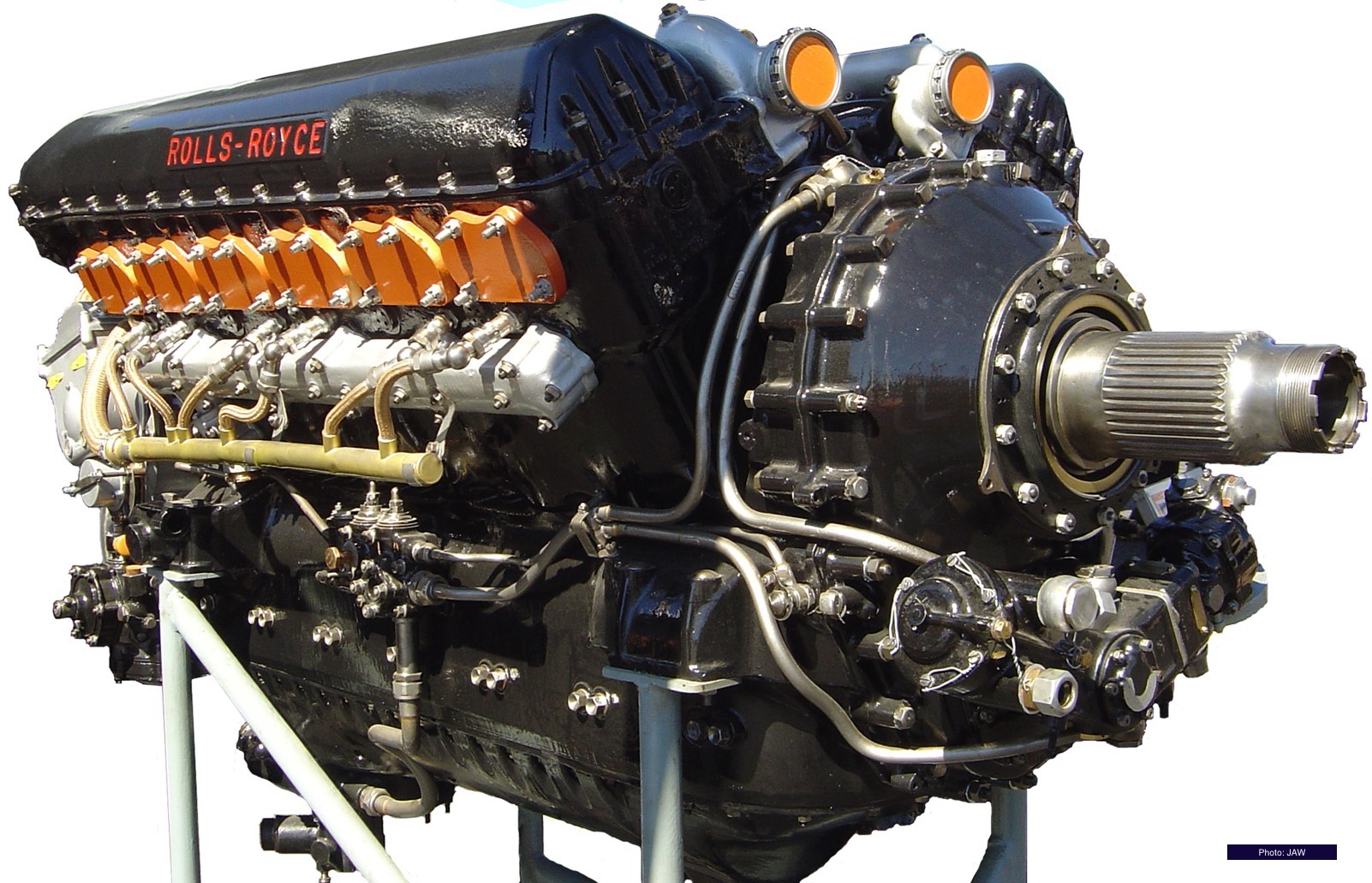
Legacy of the Allison Vc1710
Despite its shortcomings, the Allison Vc1710 remains an integral part of aviation history. Powering some of the most iconic aircraft of World War II, it served as a pillar of American air superiority. While other engines might have taken the limelight in specific scenarios, the Vc1710’s contribution to the aerial battles of WWII remains undeniable. Every roar, every burst of speed, and every victorious sortie stands as a tribute to this engineering marvel.

